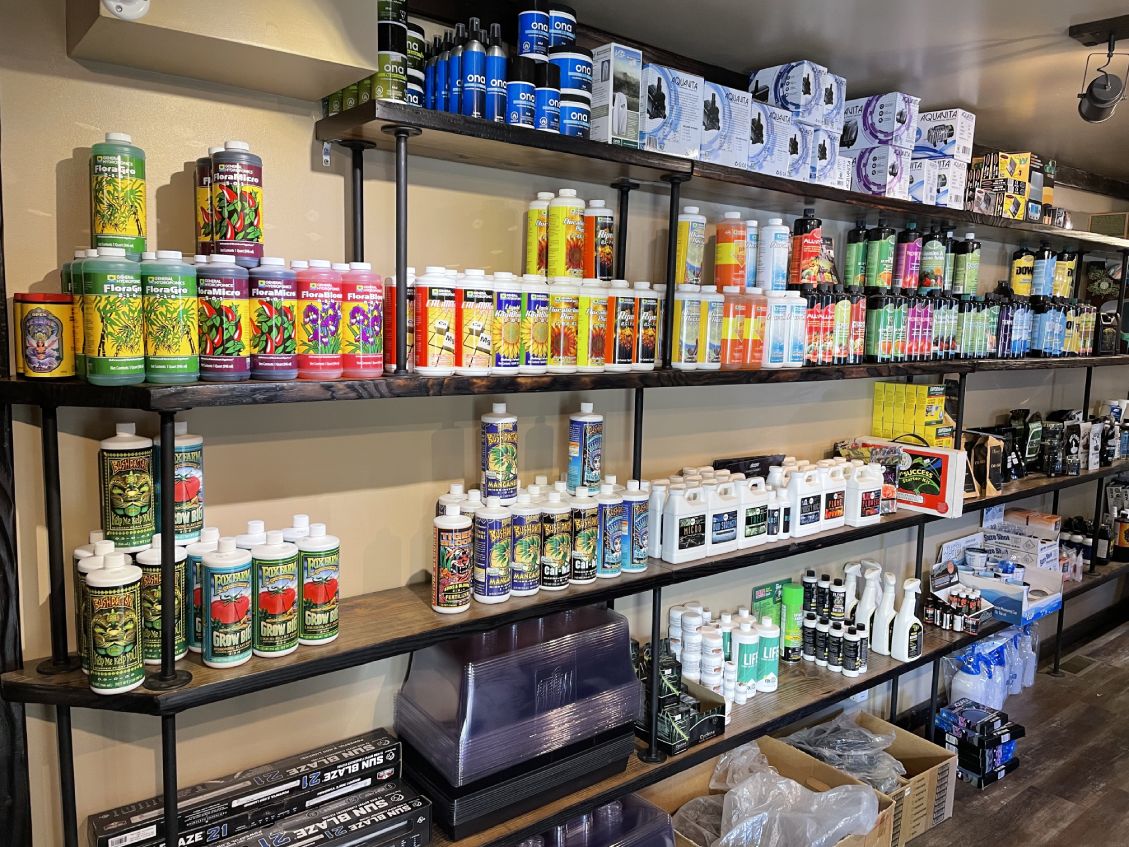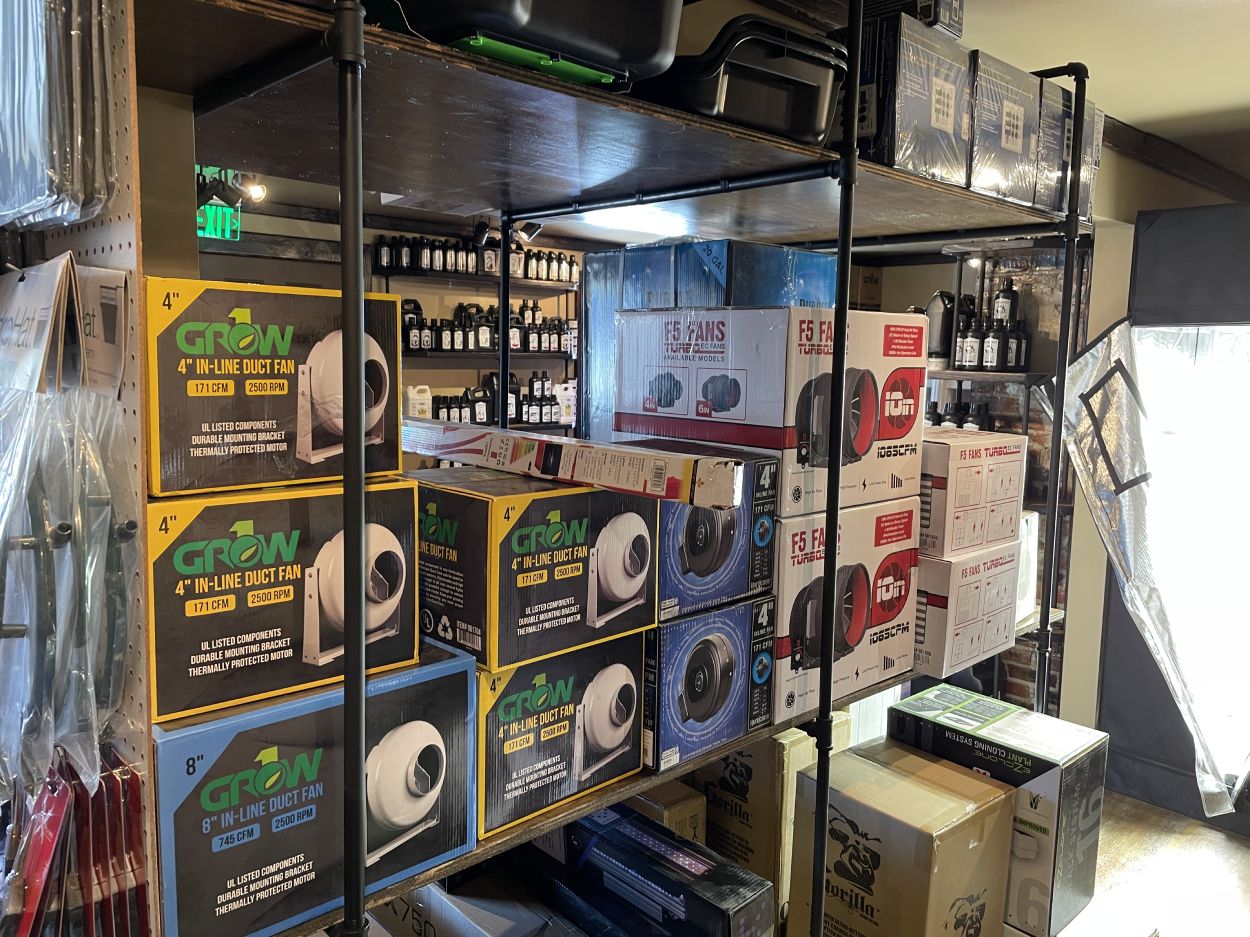Transform Your Planting Experience with The Indoor Earthworm's Innovation
Transform Your Planting Experience with The Indoor Earthworm's Innovation
Blog Article
Using the Power of Hydroponics: a Deep Dive Into Utilizes and Various Kinds
In the world of contemporary farming, hydroponics has actually arised as a technique that tests conventional farming techniques by supplying a water-efficient and space-saving alternative. The use of hydroponic systems opens up a world of opportunities for cultivating plants in diverse atmospheres, eventually affecting food manufacturing and sustainability. As we browse via the complex landscape of hydroponics, exploring its various types and applications, a deeper understanding of its prospective to change farming techniques and address global food safety problems starts to unfold.
Benefits of Hydroponic Farming
Hydroponic farming uses many advantages over traditional soil-based farming. One of the key advantages is water efficiency; hydroponic systems utilize up to 90% less water contrasted to traditional farming techniques.
Additionally, hydroponic farming allows for greater control over nutrient degrees, causing faster plant development and greater returns. By providing crucial nutrients directly to the plant origins, hydroponic systems advertise healthier and much more robust plant advancement. Furthermore, the controlled environment of hydroponic systems reduces the threat of pests and conditions, decreasing the need for dangerous chemicals and herbicides.

Common Kinds of Hydroponic Systems
Given the countless advantages of hydroponic farming, it is important to discover the numerous common kinds of hydroponic systems made use of in contemporary farming. One prevalent kind is the Deep Water Society (DWC) system, where plant roots are submerged in a nutrient service. Another usual system is Nutrient Film Strategy (NFT), which includes a slim movie of nutrient-rich water streaming over the roots - The Indoor Earthworm. The Ebb and Circulation system, additionally recognized as Flood and Drainpipe, regularly floods the plant origins with nutrient solution prior to draining it. Aeroponics stands apart for its approach of suspending plant roots in the air and misting them with a nutrient option. Trickle systems provide a managed amount of nutrient option straight to the plant's base. Wick systems, the easiest kind of hydroponics, make use of a wick to passively supply vitamins and mineral solution to the plant roots. Each of these systems supplies unique advantages and caters to different plant kinds and development stages in hydroponic agriculture.
Nutrient Film Method (NFT) System

Among the crucial benefits of the NFT system is its water performance. The Indoor Earthworm. Given that the nutrient solution is recirculated in a shut system, this approach makes use of substantially less water compared to traditional soil farming. In addition, the NFT system is space-efficient, making it excellent for indoor farming or in areas with minimal area for traditional farming
Nonetheless, the NFT system requires careful monitoring and upkeep to make certain the continual circulation of water and nutrients. Any disturbance in the flow can swiftly influence plant health. In general, the NFT system offers a sustainable and efficient means to grow plants hydroponically, specifically for crops that flourish in well-oxygenated origin environments.
Deep Water Society (DWC) System
Moving from the Nutrient Film Method (NFT) system, the Deep Water Culture (DWC) system is a hydroponic method that entails putting on hold plant roots straight in a nutrient solution. Unlike NFT, where roots are continuously revealed to a slim movie of nutrient option, DWC plants have their roots submerged in a storage tank loaded with aerated nutrient water. The origins dangle in the nutrient service, enabling direct uptake of water and vital nutrients.
Among the vital benefits of the DWC system click to investigate is its simplicity and low upkeep needs. The consistent access to oxygen and nutrients promotes quick development and greater returns. DWC systems call for ample aeration to protect against origin rot and make certain optimum nutrient absorption. Regular surveillance of pH degrees and nutrient focus is essential to protect against imbalances that can harm plant health.
Aeroponic System
An ingenious approach in hydroponics cultivation, the Aeroponic System uses a misting or misting system to supply nutrients directly to plant roots put on hold in the air. This system is recognized for its ability to promote fast growth and reliable nutrient uptake due to the straight shipment of nutrients to the roots, enabling the plant to focus its power on development instead of browsing for nutrients. In an aeroponic arrangement, plants are normally housed in a shut atmosphere where the origins are periodically misted with a nutrient option. This misting cycle guarantees that the roots receive enough oxygen, promoting healthy and balanced root growth and total plant development.
One of the vital advantages of aeroponics is its water performance, as the system utilizes dramatically much less water contrasted to traditional soil-based farming techniques. In addition, the specific distribution of nutrients straight to the roots can cause higher returns and faster development rates. While aeroponics can be extra intricate to establish up and maintain contrasted to various other hydroponic systems, its potential for increased plant growth and efficiency makes it a popular choice for industrial cultivators and hydroponic lovers seeking optimal results.
Conclusion
In conclusion, hydroponic farming offers countless advantages and different kinds of systems to pick from. The Nutrient Movie Method (NFT) system, Deep Water Culture (DWC) system, and Aeroponic system are among one of the most typical approaches utilized in hydroponics. Each system has its own advantages and limitations, making it vital for farmers to very carefully consider their requirements and preferences before choosing the most ideal system for their plants.
Unlike other hydroponic systems where plants are submerged in a nutrient service, in the NFT find this system, the origins are subjected to the water only in a superficial film.Moving from the Nutrient Movie Technique (NFT) system, the Deep Water Culture weblink (DWC) system is a hydroponic approach that includes suspending plant origins directly in a nutrient remedy.A cutting-edge technique in hydroponics growing, the Aeroponic System utilizes a misting or misting system to supply nutrients directly to plant origins suspended in the air. The Nutrient Film Strategy (NFT) system, Deep Water Society (DWC) system, and Aeroponic system are among the most typical techniques used in hydroponics. Each system has its own advantages and constraints, making it crucial for farmers to very carefully consider their needs and choices before choosing the most appropriate system for their crops.
Report this page